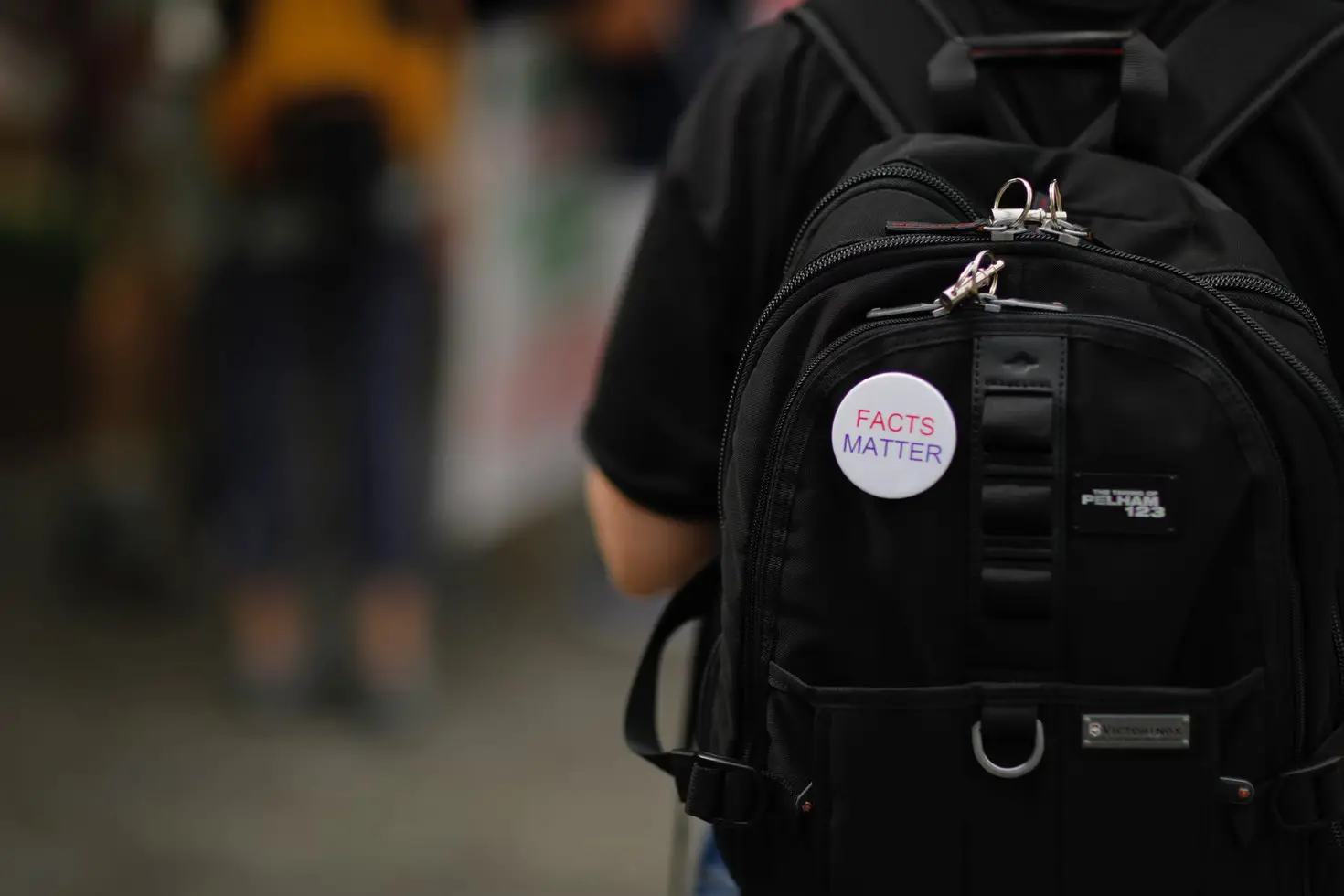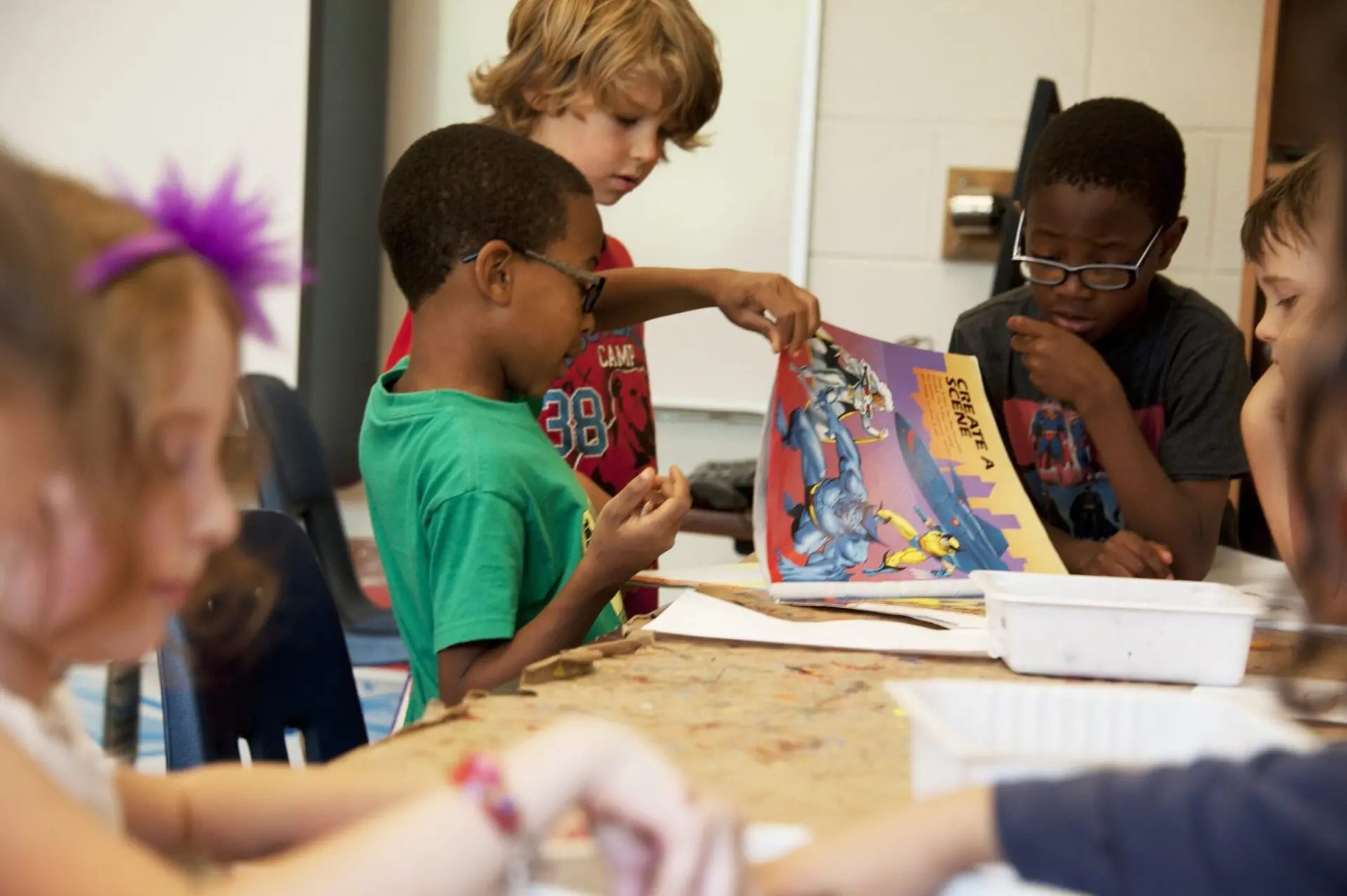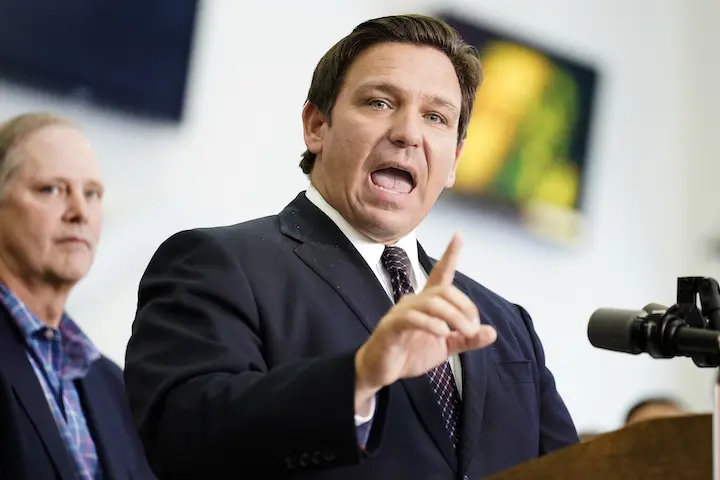Last year, Texas state Rep. Matt Krause (R) made national news when he released a list of more than 800 books that he wants to prohibit schools and libraries from carrying, inspiring conservative school districts across the nation to step up their own efforts. The majority of these books feature characters who, like many young Americans, are people of color, LGBTQ or both. Nationally, we are experiencing what many educators, librarians and journalists accurately have dubbed an unprecedented wave of censorship.
Of course, this is not the first time politicians and citizens have mobilized to ban books. During the Cold War, Sen. Joseph McCarthy (R-Wis.) and his allies waged a variety of censorship campaigns, with some Americans even participating in book-fueled bonfires. Political officials and mobilized parents, with conservative organizations like the Daughters of the American Revolution and the American Legion, pulled “subversive” books from library and store shelves in the late 1940s and early 1950s and intimidated librarians, teachers and store managers to keep them from stocking them.
But beyond a shared tenor of anxiety, Cold War book-banning campaigns and those of today differ substantially in strategy and effect. McCarthy-era book censorship was part of a much larger, coordinated campaign that used the federal and state governments to restrict other “subversive” art, including film and television. And, such efforts were international. In fact, one of the most successful efforts was the removal of books from Overseas Libraries, a network of American libraries under the jurisdiction of the State Department that served as an arm of cultural diplomacy.
But through it all, young people’s literature often escaped the attention of censors and, in fact, grew more diverse and more focused on young adolescents as an audience, anticipating the genre that we now call “young adult literature.”
This is because McCarthy-era book bans often focused on mass-adopted textbooks as the easiest way to control what students read. They cared most about two issues: anti-communism and race. Often, the two went hand in hand as civil rights activists were accused of holding communist beliefs. Textbooks, particularly social studies textbooks, that critiqued capitalism, economic equality or the health of American democracy were withdrawn from the classroom throughout the 1950s, and their publication was stopped entirely at times.
[The truth about the history education wars in 2022]
After McCarthy’s downfall and as civil rights campaigns expanded in the 1960s, censors loosened their standards in Northern states when it came to race. Still, thanks to powerful textbook commissions and school boards, books that questioned segregation remained unpublishable in the American South. Northern textbooks that portrayed children of different races were published in “whitewashed” versions there, absent of any references to or illustrations of Black Americans. While Detroit children started to encounter Dick and Jane’s Black counterparts Larry and Debbie, children in New Orleans continued to read solely about children who were White.
Everywhere, parents were less likely to object to books that were part of their own education than recently published textbooks written by liberal college professors they had never heard of. And so, students in grades seven through 12 continued to read novels in English classes (“Silas Marner,” “Great Expectations” and “The Red Badge of Courage” were the three most commonly taught), along with plays and poetry. High school students read “Macbeth” and “Julius Caesar” more than any other literary works. Adolescent literature instruction, in other words, consisted of literary classics steeped in familiar civic and ethical messages — about industry, integrity and self-sufficiency — that many students’ parents had also read when they were in school.
But the outsize attention to textbooks, combined with an often traditional literature curriculum, actually created a space in which liberal writers could thrive. Take Langston Hughes, for example. When Hughes was interrogated by the House Un-American Activities Committee in 1953, he had just published his juvenile book “The First Book of Negroes” and was about to begin his “Famous Negroes” series, both of which advanced ideas about Black achievement and racial equity for the age group we now call “tweens.”
Even as the State Department ordered America House Library in Berlin to burn or remove Hughes’s poetry for its subversive ideas about race and capitalism in the early 1950s, he continued to write juvenile biographies containing many of the same ideas that flew under the censorship radar and opened young Americans’ eyes about racism. Works like “The First Book of Negroes” shaped many young readers’ thinking about democracy and civil rights — as confirmed by letters that adolescents wrote to writers like Hughes.
This trajectory was true for other writers, as well. While some publishing houses terminated their relationships with authors who came under fire, many — including Knopf, Harpers and Golden Books — published books that challenged political and scientific orthodoxies. Censors obsessed over monitoring what teachers now call “class texts” or “whole class readings,” but students were still able to access an increasingly wider range of newly written books on their own. And they did.
[The right has long tried to impose its vision on American education]
What we are experiencing today is in many ways radically different because of one key historical intervention: the creation of young adult literature as a genre over the last 40 years. According to the recent PEN report “Banned in the USA,” of the 1,145 titles pulled from school libraries or classrooms from July 2021 through March 2022, nearly half were young adult books. Of the 10 most challenged books in 2021, all but three were published since 2015. At the same time, LGBTQ young adult literature sales have surged over the past two years.
Yet few teachers own classroom sets of Maia Kobabe’s “Gender Queer” or Alex Gino’s “George,” a fact guided by curricular standards, textbook economics and teachers’ frequent discomfort at teaching texts. Instead, the most frequently challenged books are ones that students are reading on their own accord, even if they are accessing them through a school or classroom library. Bans are targeting books that young Americans want to read, not texts that a teacher tells them they must.
As a result, teachers and librarians have once again found themselves in the crosshairs, even as today’s campaigns are more truly a directed assault on adolescents’ right to read.
They represent a different kind of policing: one that is in many ways far more personal and, potentially, more damaging. This is not just because of the nature of what is being banned but also of how and why students seek out these books, which is often for their own enjoyment and edification. Killing this impulse in young readers is something whose costs, too, could be unprecedented.






